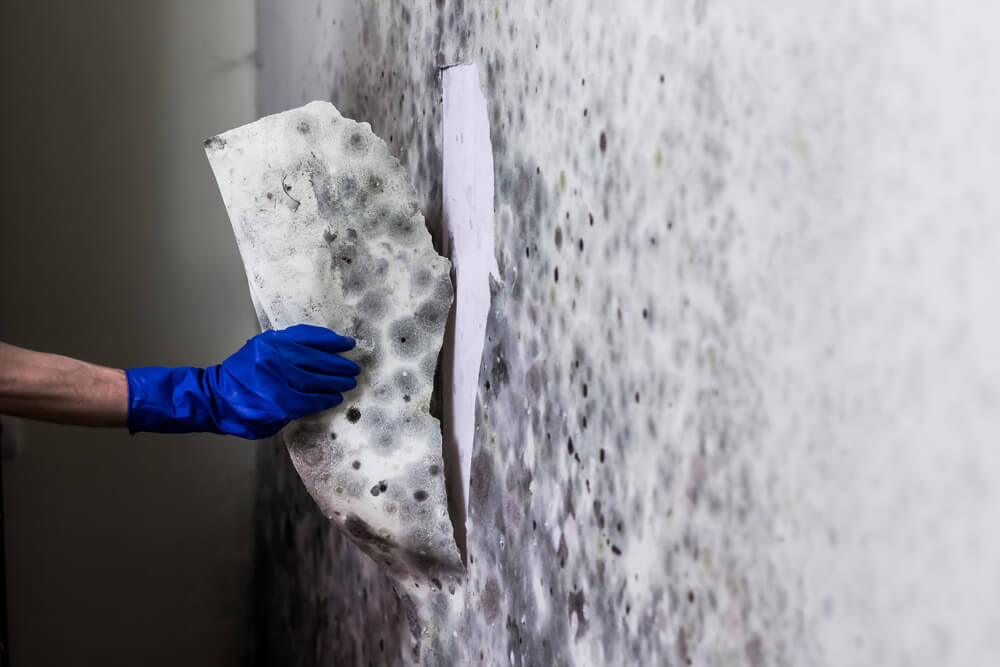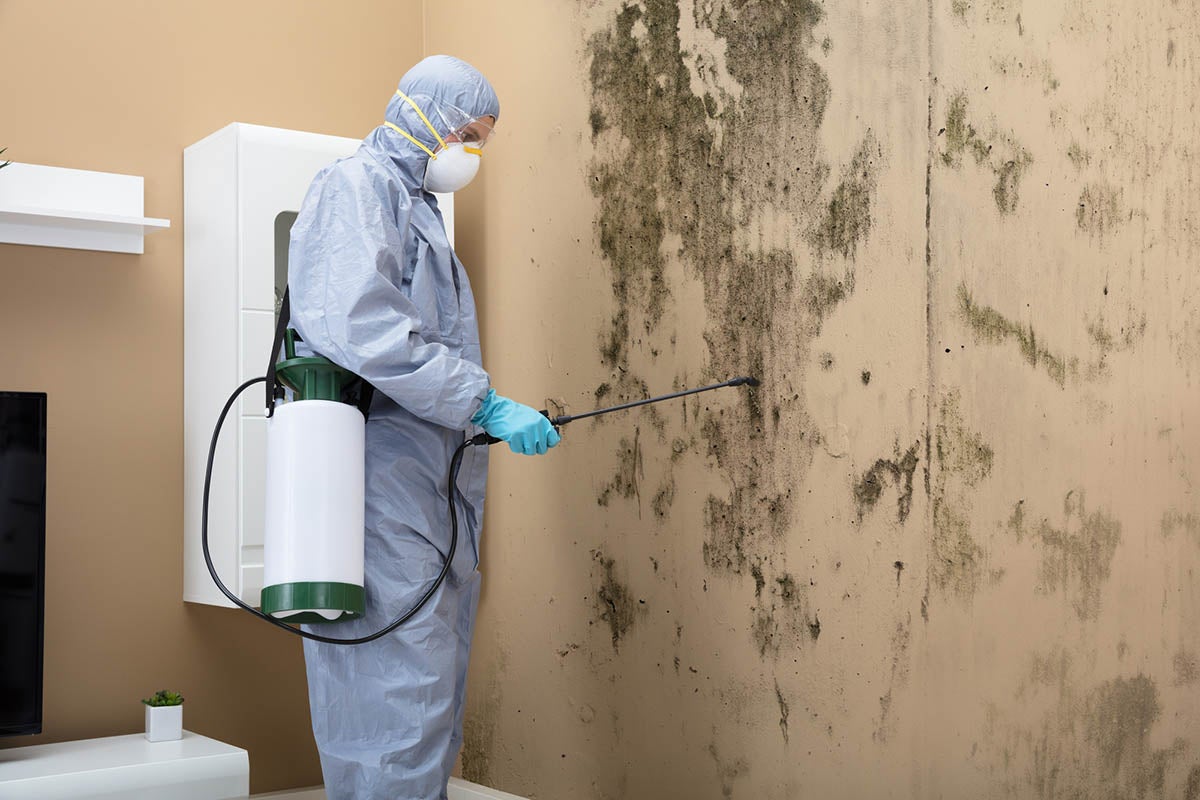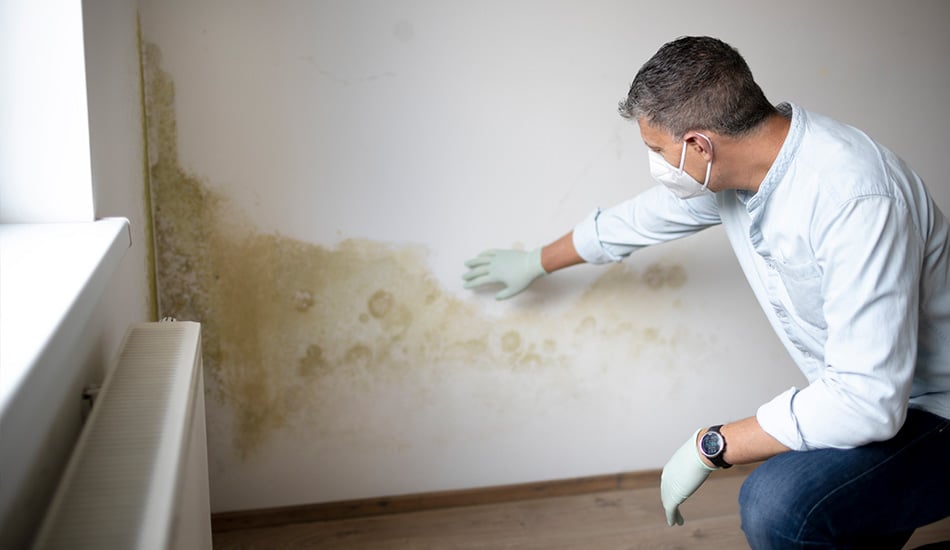Effective Post Mold Remediation Cleaning Protocols
Effective Post Mold Remediation Cleaning Protocols
Blog Article
Your Ultimate Guide to Post Mold And Mildew Remediation Strategies
Browsing the world of post-mold removal methods is a thorough process that requires attention to detail and an extensive understanding of the complexities involved. In the results of mold and mildew invasion, understanding how to properly remove the mold and mildew and prevent its reoccurrence is paramount for preserving a healthy and balanced indoor atmosphere. From selecting the right cleansing and decontaminating approaches to implementing methods for lasting mold avoidance, each action in the removal trip plays a vital role in guaranteeing a successful end result. As we start this expedition of post-mold removal techniques, we will reveal the vital techniques and best techniques that can aid you recover your space to its pre-mold problem and safeguard it versus future mold threats.
Recognizing Post-Mold Removal Refine
After completing the mold and mildew removal process, it is crucial to recognize the post-mold removal methods that are required to ensure a comprehensive and efficient cleanup. As soon as the mold and mildew has been eliminated, the following step involves cleaning and sanitizing the influenced areas to avoid any type of regrowth of mold. This includes utilizing specialized cleaning agents to wipe down surfaces and eliminate any staying mold spores. It is vital to dry out the area entirely to dissuade the development of mold and mildew in the future (what to do after mold remediation). Correct ventilation and dehumidification can help in this process.
In addition, carrying out a last examination post-remediation is crucial to make sure that all mold and mildew has been effectively eradicated. If the examination exposes any type of remaining mold and mildew, additional removal may be needed.
Effective Cleaning Up and Sanitizing Techniques

Preventing Future Mold Development

Value of Correct Air Flow
Correct ventilation plays a critical role in preventing wetness build-up, a key factor in mold development within indoor settings. Efficient ventilation systems help eliminate excess moisture from the air, decreasing the chances of mold spores locating the dampness they require to sprout and spread out. Without ample ventilation, indoor spaces can end up being a breeding place for mold and mildew, leading to prospective health threats and architectural damages.
By ensuring proper air blood circulation, air flow systems can additionally help in drying out moist areas quicker after water damage or flooding events, additionally hindering mold and mildew development. After mold remediation. In spaces like bathrooms, attics, cooking areas, and basements where dampness degrees tend to be greater, installing and preserving effective air flow systems is vital in protecting against mold and mildew invasions

Surveillance and Maintenance Tips
Provided the important role that appropriate ventilation plays in protecting against mold growth, it is critical to develop effective tracking and upkeep ideas to ensure the continued performance of air flow systems. Routine assessments of ventilation systems ought to be conducted to look for any indicators of obstructions, leaks, or malfunctions that could restrain proper airflow. Surveillance humidity degrees within the building is additionally critical, as high moisture can add to mold development. Installing a hygrometer can aid track humidity levels and alert home owners to any spikes that might call for attention. Additionally, making certain that air filters are frequently cleansed or changed is vital for preserving the performance of the air flow system. Applying my sources a routine for routine maintenance find more information tasks, such as air duct cleansing and a/c system examinations, can assist avoid issues before they escalate. By staying conscientious and positive to the problem of air flow systems, homeowner can effectively minimize the threat of mold regrowth and keep a healthy interior setting.
Final Thought
In verdict, post-mold remediation methods are crucial for guaranteeing a tidy and secure environment. Recognizing the process, applying effective cleansing and sanitizing approaches, preventing future mold and mildew growth, maintaining proper air flow, and routine surveillance are all crucial actions in the removal procedure. By following these guidelines, you can effectively get rid of mold and mildew and prevent its return, promoting a healthy living or functioning room for all passengers.
In the aftermath of mold infestation, recognizing how to successfully eliminate the mold and mildew and stop its reoccurrence is critical for maintaining a healthy and balanced interior atmosphere. As soon as the mold has actually been removed, the next action involves cleansing and sanitizing the influenced locations to protect against any type of regrowth of mold - After mold remediation. After eliminating visible mold development, it is crucial to clean all surface areas in the damaged area to get rid of any type of continuing to be mold spores. To better improve mold avoidance steps, it is important to resolve underlying issues that originally led to mold advancement.Offered the essential role that correct air flow plays in stopping mold and mildew growth, it is imperative to develop efficient surveillance and upkeep suggestions to ensure the continued functionality of air flow systems
Report this page